Need to move toward greener future
Published on September 15th, 2023
Long gone are wooden boats and cotton sails, with the only feature of sailing not polluting the environment is the power of the wind. This report by Ed Gorman discusses how to limit the damage for the IMOCA Class:
Impose a carbon cap on IMOCA boat builds, reduce the use of carbon fibre in production molds, simplify the IMOCA box rule, and drive forward to more green solutions in the Class with a clear sense of purpose.
So says one of the leading voices in the global marine industry, the French former solo ocean racer and sustainability consultant Michel Marie who has been working with IMOCA for more than two years, helping to steer the Class to more environmentally responsible practices.
Marie, aged 59, who lives in England where he is the Manufacturing Manager for the INEOS Britannia America’s Cup team, has been instrumental in helping IMOCA to develop its successful Green Sail Rule. He is also a founding developer of the Life Cycle Assessment tool, MarineShift360, which is sponsored by 11th Hour Racing and has been mandated for use in the Class since 2021.
But, Marie says, IMOCA needs to be more ambitious about what it can achieve in this area.
“First of all, we need to draw up a roadmap to educate people about these issues,” he told the Class, “because we, in the sailing world, are a huge communication tool in this respect.
“We are also a big engineering machine and, for me, the future lies in using all this grey matter to move things forward. And we need to move forward without ‘greenwashing’ because there’s quite a lot of that in the world we live in.”
Marie believes a carbon cap, limiting total CO2 emissions in the build process of new IMOCA yachts, is a viable and realistic restrictive measure, even if he accepts that it will require a change of approach.
“We really need to adapt our mindset, because trying to build a boat that’s going to go 1.5 knots faster than the previous one, without the integration of environmental reduction measures, makes no sense for me,” he explained.
Throughout his time on the America’s Cup scene, Marie has overseen several evolutions of rules, based on impact reduction that do not hinder performance. The Cup organizers have yet to put in place a carbon cap. But they have developed a strong set of rules based on impact-reducing criteria, especially relating to molds, as the Cup continues to innovate towards more sustainable practices within boat manufacturing.
“According to my experience, a carbon cap is the only way to really project ourselves into the future and ensure that things change in a profound way.”
A carbon cap is a tall order but Marie makes the point that IMOCA racing – in common with any other racing in sailing boats – is ultimately a sport and a source of entertainment for its players and fans. As such it must be seen to be making its best efforts to minimise its impact on the environment.
“More and more, public opinion is going to ask us to change what we do in our little corner of human activity,” he said. He believes that the general public will expect to see the Class continue to move concertedly towards more innovative environmental aspects.
Marie believes the hardest part of driving change is the complexity of the IMOCA ‘village’ and the many stakeholders involved, who will all have to buy into the steps he would like to see taken.
“I think the hardest challenge for IMOCA is reaching a consensus because it is a big organization with a lot of different players – sailors, sponsors, designers, builders, and suppliers. At the end of the day, choices are made collectively so it is reaching that consensus collectively that will be hard. But the Class is a good example, in this respect, of the broader challenge facing our society in this area.”
Sketching out the way forward, Marie identifies three steps that now need to be tackled.
“For me the journey is always threefold,” he explained. “First, establish where you are at right now – using life cycle assessment, just as the Class has done. Second, take some learning from where you are and move towards a change in behavior, or material change, in whichever way you can to reduce emissions.
“Then the next step: look at where you want to be far away in the future and make choices now that will achieve results in that long term future. In the Green Sail Rule that is what we are starting to work on now.”


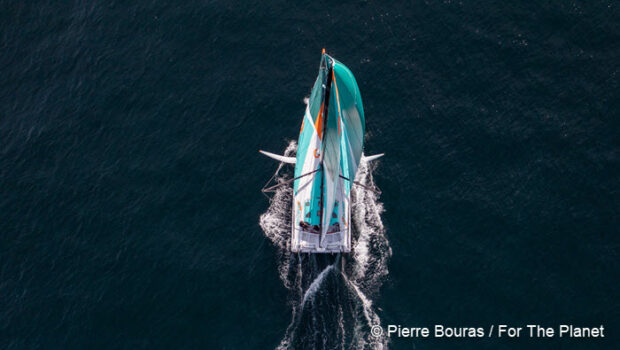


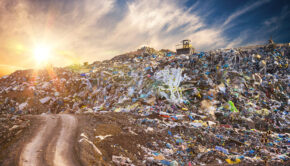
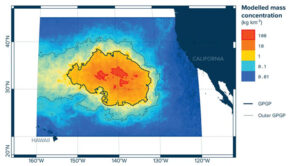
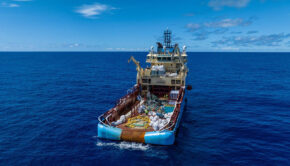
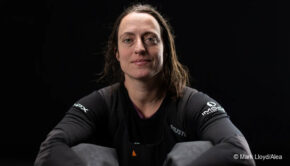
 We’ll keep your information safe.
We’ll keep your information safe.